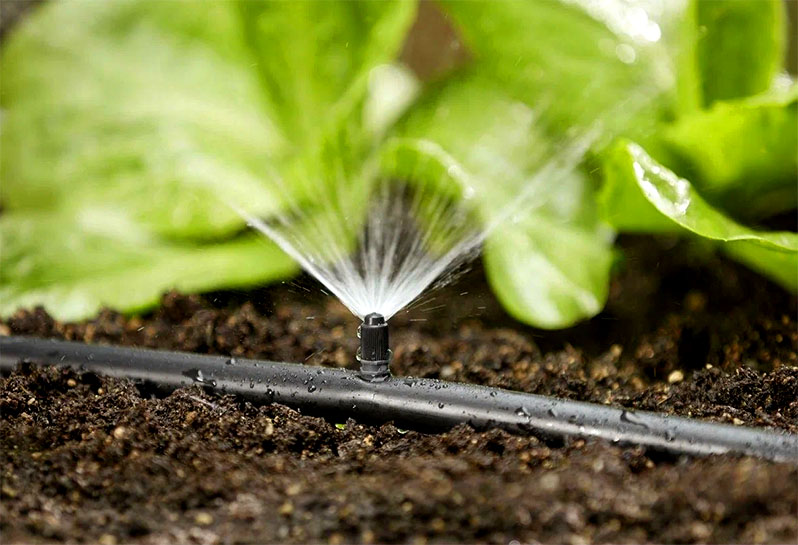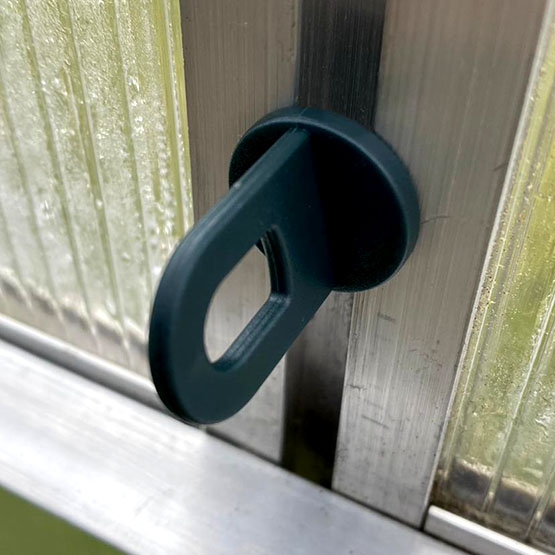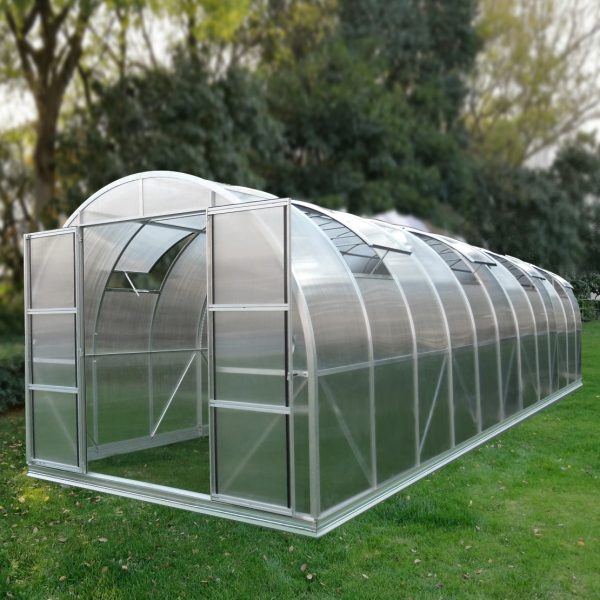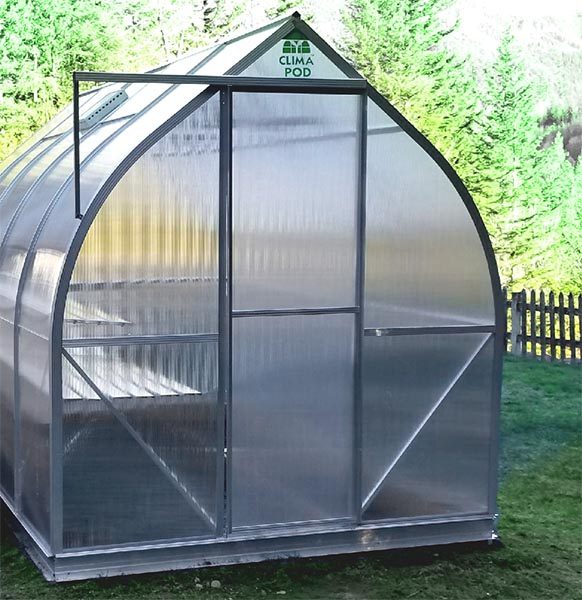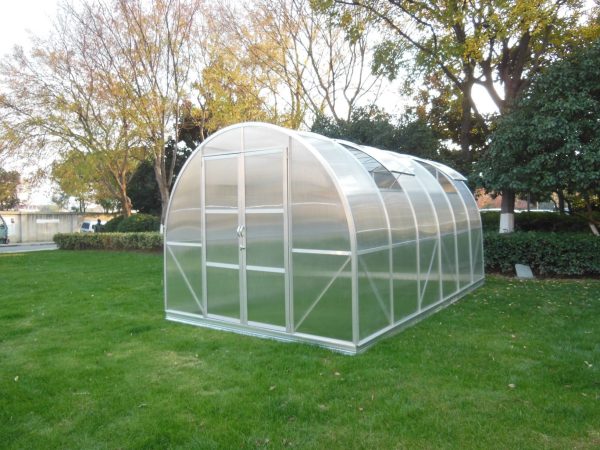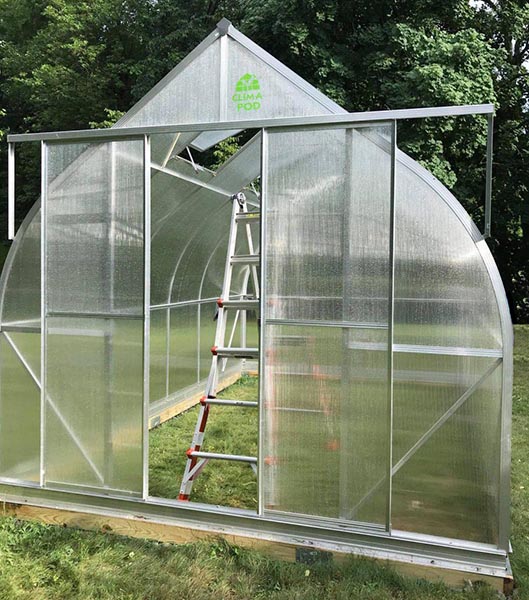Watering greenhouse helps maintain a favorable microclimate for your plants. It is important to know how and when to water your crops. Too much or too little water can be detrimental to plant health. Let’s see what are the ways to organize the correct watering of plants. We will also tell you what rules you should follow in order to get the maximum yield.
Watering greenhouse plants at the right time of day
It matters when you start watering your plants. So, what time to water the plants, in the morning or in the evening? How to find out the optimal watering regimen? The answers to these questions are listed below. Watering time depends on the type of your plants.
If plants or seedlings are not watered in time, their death is possible.
All plants need timely watering. Improper watering leads to poor plant development and disease.
Recommended watering frequency for common types of vegetables:
- You should water tomatoes and cucumbers every 3 days. This periodicity lasts until the beginning of flowering until the set of fruits. Then you need to water at intervals of once a week.
- You should constantly water the eggplants. It’s a picky culture. You should start watering on the fifth day after planting. Then the frequency is 1 time per day.
- Carrots do not like moisture. Therefore, it should only be watered when the soil is dry.
- For onions, watering is also necessary when the soil is dry. Watering should be done with a small amount of water so that the soil is moist.
- Potatoes should be watered 20 days after planting.
When the first sprout has appeared, the frequency of watering is reduced.
Best time to water a greenhouse. Morning or evening?
Some plants need to be watered in the morning and others in the evening. It depends on how thermophilic the crop you need to water.
In the morning the water is cold, in the evening it heats up.
Benefits of morning watering:
- High humidity is not formed, since during the day you have the opportunity to ventilate the greenhouse;
- Water in the morning does not damage the ground;
- There is more oxygen dissolved in cold water than in warm water.
The benefits of evening greenhouse watering are undeniable. Namely:
- water is heated to the preferred temperature;
- most plants require evening watering;
- moisture has time to soak into the soil overnight.
Tomatoes can be watered in the morning, and other vegetables such as potatoes, cucumbers and eggplant in the evening.
How many times a week to water the greenhouse
The frequency of watering depends on the time of year. In summer, plants often need soil moisture.
It is not necessary to water the plants in the greenhouse every day. You can do this every other day or once a week, depending on the type of plant.
For example, tomatoes only need water once a week. Tomatoes should be watered with warm, settled water. Cucumbers also do not require abundant watering. Strawberries, for example, can be grown all year round. Although this berry is finicky, it is very popular with gardeners.
Strawberries can be watered in several ways:
- Drip method;
- Rain watering;
- Using special supplementary irrigation techniques.
Depending on the temperature, you may want to water your strawberries about 2 times a week.
Balanced watering in the greenhouse
The organization of watering requires a special regime, without which it is impossible to grow a good crop. As mentioned above, there are 3 watering methods. These are drip mode, rain and additional irrigation mode.
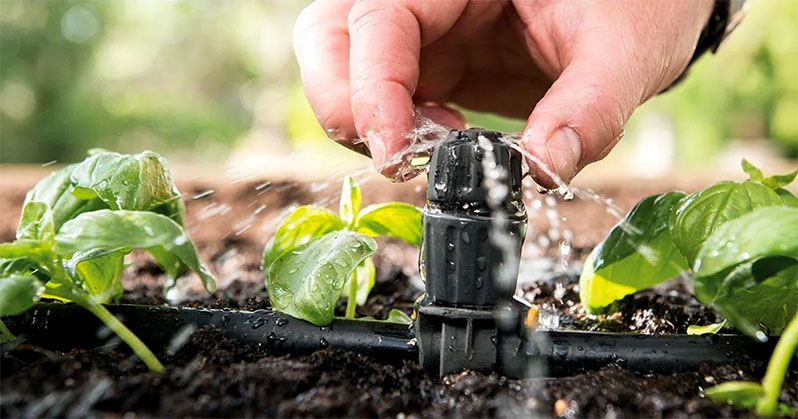
Violation of the regime can lead to withered leaves, which indicates a lack of water or fungus and rot on planted crops.
This is an indication that the soil in your greenhouse does not need to be over-watered. There are a number of rules that you should follow in order not to violate the irrigation regime.
Rules:
- When temperature, light and wind strength increase, you should increase your plants watering;
- When cloudy weather, reduce watering;
- You should water the plants in the morning if the night was cold. Otherwise, turn on watering in the evening;
- Plants are very demanding on water when they start to sprout from seed;
- In sandy soil, plants need frequent watering, as such soil is not able to retain moisture for a long time;
- To avoid a dense crust around the sprout, you should loosen the soil, then moisten it and level it. This action also contributes to gas exchange in the soil.
The soil can be watered in various ways, following all the rules of watering. Drip irrigation is the best. With this method, erosion and excessive growth of weeds do not occur. The earth is evenly moistened with this method. It is easy for you to follow all the rules of watering when using drip irrigation.
Rain irrigation provides the earth with the necessary trace elements. Melted rainwater is the most favorable for the soil. Watering should be carried out at a temperature close to the temperature of the earth and air.
When watering with a hose, there is a high chance of over-watering. This can be detrimental to root crops. Lack of water will cause flowering tubers to drop. In this case, the crop may turn out to be rotten.
For different plants, it is necessary to apply a different watering regimen. It depends on the root system. For example, watermelon, melon, corn and pumpkin have very strong roots, they are able to find moisture deep in the soil and use it economically. The roots of pepper, beets and potatoes are able to extract moisture from large volumes of soil, as they have a very developed root system. Cucumbers, garlic and onions have a weak root system. They are not able to find moisture in the depths of the earth, so they need more frequent watering than other plants.

